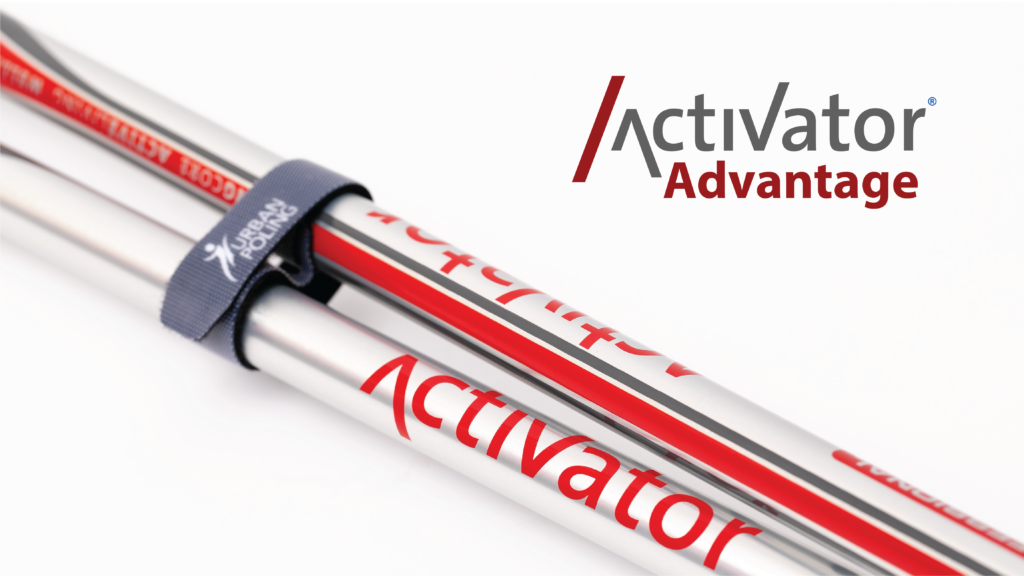Overcoming Exercise Barriers in Parkinson's: A Guide by Parkinson's Europe
Living with Parkinson’s disease presents many challenges, but one of the easiest and most impactful ways to manage symptoms and improve quality of life is by regular exercise. It can help manage symptoms such as stiffness, balance issues and mobility challenges and improve mood, reduce anxiety and enhance overall well-being. Parkinson’s Europe has developed an invaluable and comprehensive guide to help individuals with Parkinson’s overcome some of the most common barriers.
Common Barriers to Exercise
- Physical Limitations: Parkinson’s symptoms like tremors, rigidity, and fatigue can make physical activity daunting.
- Lack of Motivation: Depression and apathy, common in Parkinson’s, can reduce the desire to exercise.
- Fear of Falling: Concerns about safety and the risk of falls can deter individuals from engaging in physical activities.
- Lack of Access: Limited access to suitable exercise facilities or programs tailored for Parkinson’s patients can be a significant barrier.
- Time Constraints: Balancing daily responsibilities with exercise can be challenging for many people.
Strategies to Overcome These Barriers
- Start Small and Gradual: Begin with short, manageable sessions and gradually increase the duration and intensity as comfort and ability improve.
- Find the Right Activity: Choose exercises that are enjoyable and suit individual abilities. Options can include walking, swimming, yoga, or specialized Parkinson’s exercise classes.
- Set Realistic Goals: Setting achievable goals can provide motivation and a sense of accomplishment. Tracking progress can also be encouraging.
- Safety First: Ensure a safe environment for exercise, use appropriate equipment, and consider exercising with a partner or under the guidance of a professional.
- Seek Professional Support: Physical therapists and exercise specialists with experience in Parkinson’s can tailor exercise programs to individual needs.
- Build a Routine: Incorporating exercise into daily routines can help make it a habit. Consistency is key to reaping the benefits of physical activity.
- Join a Community: Engaging with support groups or exercise classes for people with Parkinson’s can provide motivation, boost camaraderie, and promote a sense of belonging.
Conclusion
Parkinson’s Europe’s guide to overcoming exercise barriers is a remarkable resource for individuals with Parkinson’s disease. By addressing common obstacles and providing practical solutions, the guide empowers people to add regular physical activity to their daily routines and ultimately improve their health and well-being. Our Activator poles are always here to help and provide an extra measure of safety by improving balance and stability. After all, 4 points of contact are always better than 2! Walking with confidence, inspires people to walk longer and further distances and even more so when in the company of friends and family. Remember, every step counts, but if the first one is enjoyable, you’re more likely to keep taking many more. With the right support and determination, overcoming barriers is not only possible but achievable and our Activator poles will be there every step of the way!

